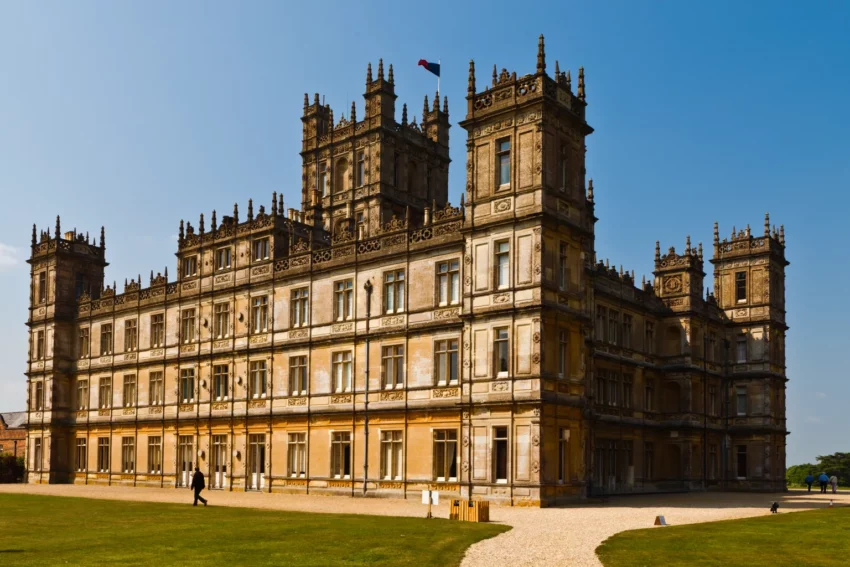Highclere Castle: A Historic Gem in Hampshire
Highclere Castle, a Grade I listed country house, stands as a beacon of history and architectural beauty. Originally built in 1679, it underwent significant renovations in the 1840s, transforming into the Jacobethan and Italianate masterpiece we see today. The estate, spanning 5,000 acres in Hampshire, England, was designed by renowned landscape architect Capability Brown.
Get your dose of History via Email
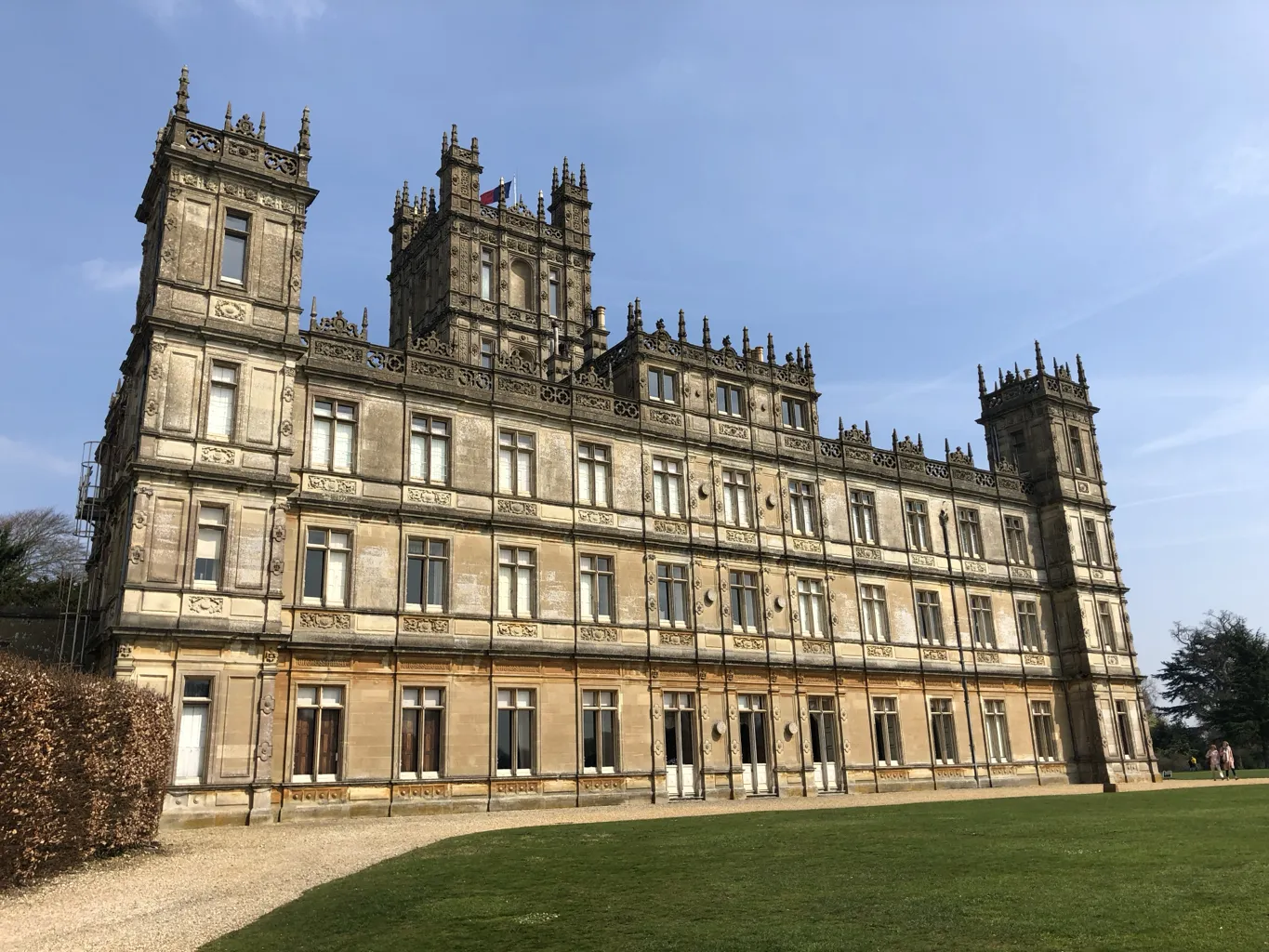
Architectural Marvel
The 19th-century renovation was overseen by architect Charles Barry, famed for his work on the Houses of Parliament. He merged Jacobethan and Italianate styles, creating a unique and elegant design. The castle’s towers and detailed strapwork are testaments to this architectural fusion. The interior showcases a blend of Gothic and Italian Renaissance influences, making it a visual delight.
Filming Fame
Highclere Castle has served as a filming location for various productions. It gained international acclaim as the primary setting for the ITV series “Downton Abbey” and its subsequent films. This exposure has attracted numerous visitors, eager to experience the grandeur of the castle firsthand.
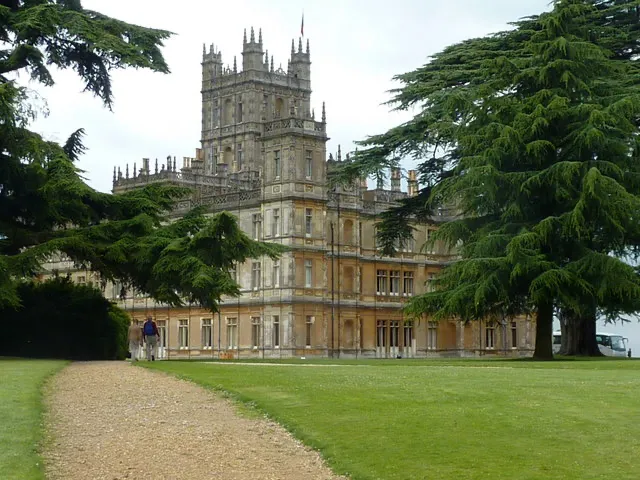
Open to the Public
Visitors can explore the castle, its Egyptian exhibition, and the surrounding gardens through self-guided tours available during the summer and select times throughout the year. The estate also hosts special events, such as the Battle Proms picnic concert and exclusive guided tours, providing unique experiences for guests.
Early Beginnings
The estate’s documented history dates back to 749 when an Anglo-Saxon king granted it to the Bishops of Winchester. The Domesday Book of 1086 records its existence. In the late 14th century, Bishop William of Wykeham constructed a medieval palace and gardens here. By 1551, during the English Reformation, King Edward VI confiscated the property from the Church.

Sawyer and Herbert Legacy
In 1679, Sir Robert Sawyer, Attorney General to Charles II and James II, purchased and rebuilt the estate as Place House. The mansion was bequeathed to his daughter, Margaret Sawyer, who married the 8th Earl of Pembroke, Thomas Herbert. Their descendants, particularly Robert Sawyer Herbert, expanded and enhanced the estate, including creating the portrait collection and garden temples.
Educational Roots
Sir Robert Sawyer presented the living of Highclere to Reverend Isaac Milles, who established a school on the grounds. His son, also Isaac Milles, continued this tradition. The educational legacy continued with Reverend Richard Pococke, a renowned travel writer and orientalist who introduced the Cedar of Lebanon to the estate.
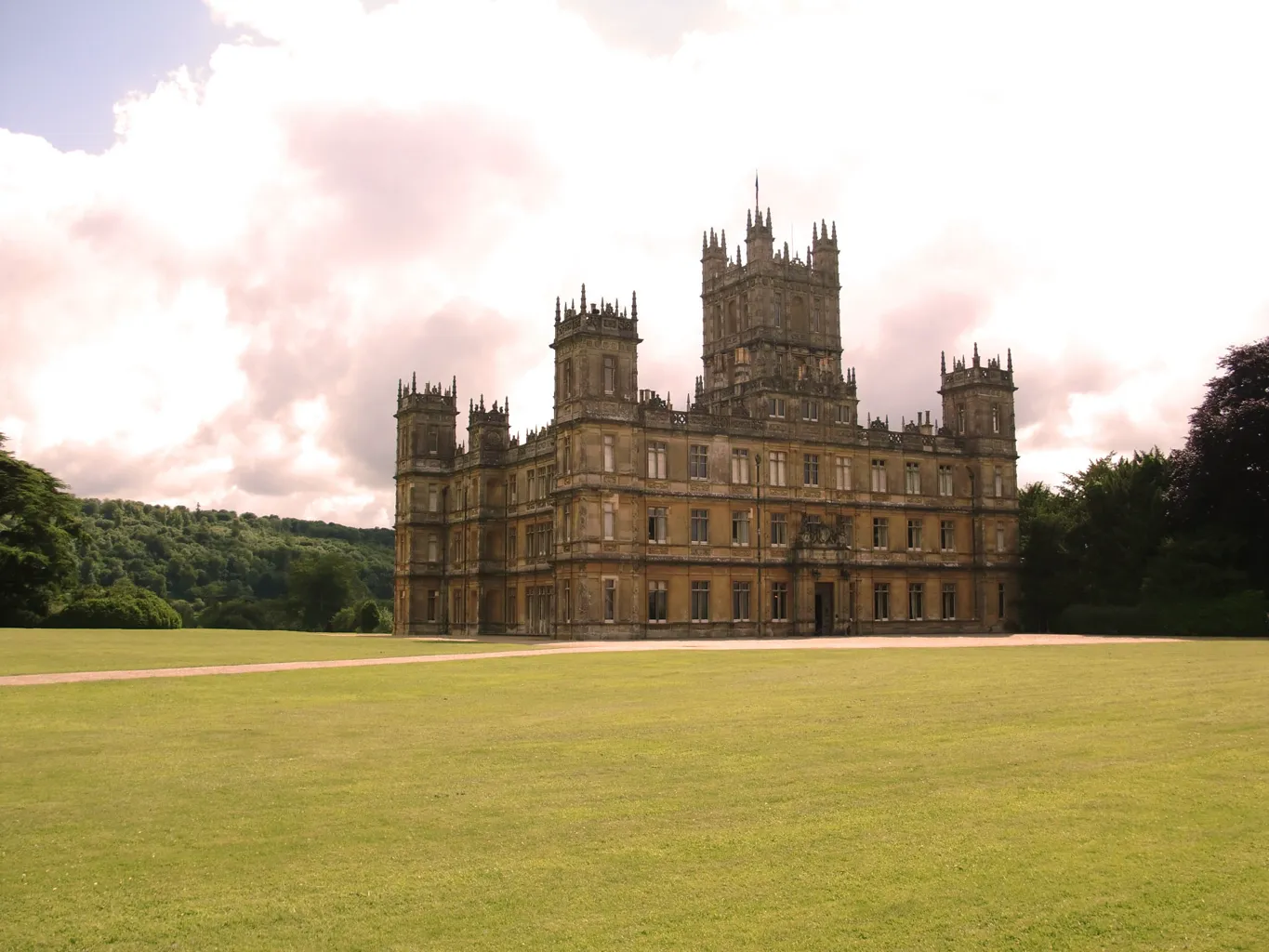
A Picturesque Park
William Cobbett, an English journalist, lauded Highclere Park in 1821 for its beauty. He admired the variety of trees, hills, and water features that made the park an enchanting landscape. Cobbett preferred Highclere’s natural beauty over other notable estates, highlighting its unique charm.
19th-Century Enhancements
During the 19th century, the estate saw significant changes. The 3rd Earl of Carnarvon commissioned Sir Charles Barry to remodel the house, incorporating elements of the Italian Renaissance into its design. The project, although incomplete upon Barry’s death, was finished under the supervision of architect Thomas Allom.
The Birthplace of Canada
Highclere Castle holds a special place in Canadian history. The 4th Earl of Carnarvon drafted the British North America Act of 1867 here, leading to the creation of Canada. This historical connection was commemorated in 2018 with the planting of a maple tree on the estate.
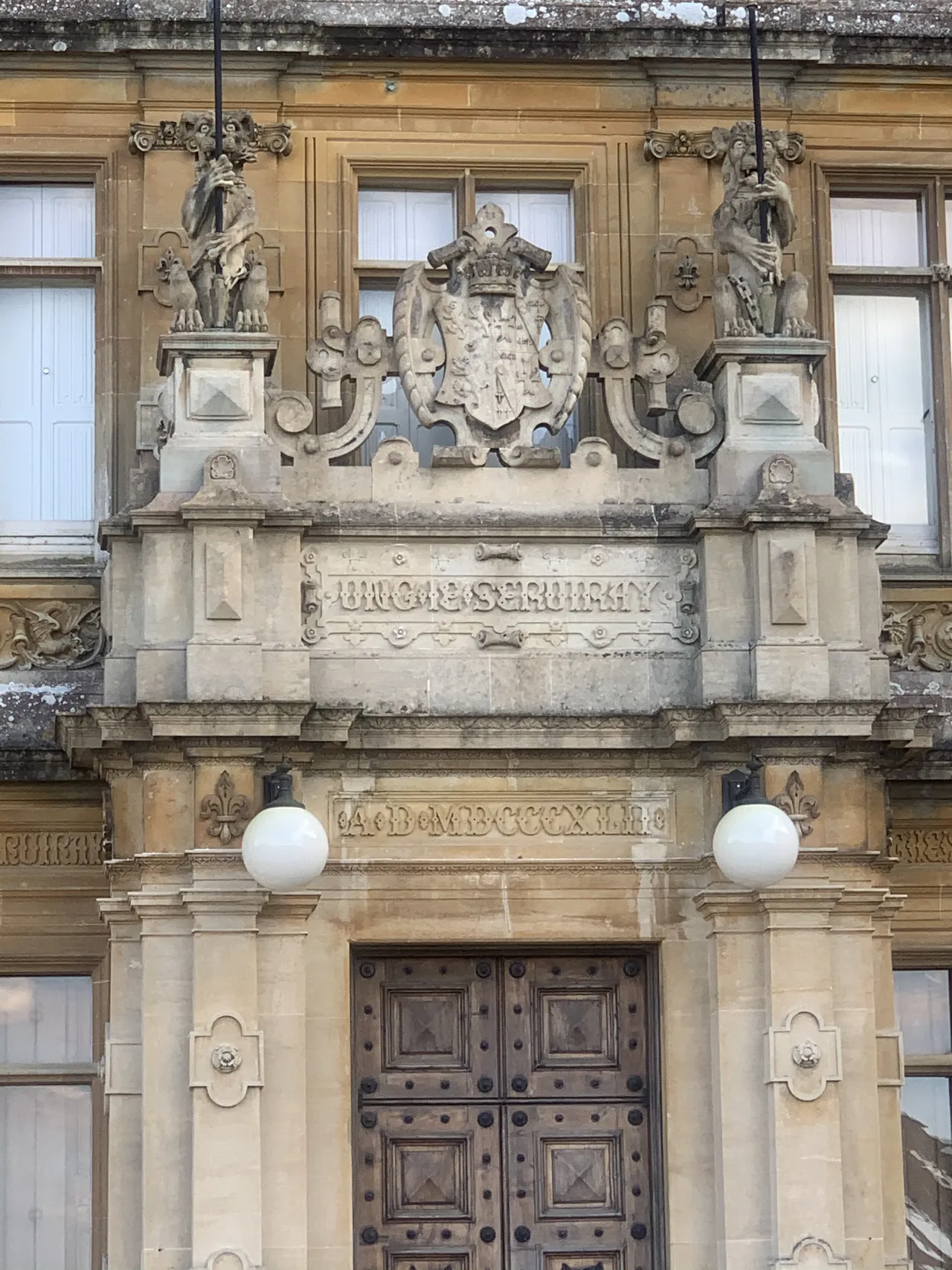
20th-Century Significance
In the early 20th century, the castle became a hospital for war wounded during World War I. The 5th Earl, a keen Egyptologist, funded the discovery of Tutankhamun’s tomb in 1922. His collection of Egyptian artifacts remains a highlight of the castle’s exhibits.
Modern-Day Highclere
In recent years, the castle has undergone extensive repairs, funded partly by the popularity of “Downton Abbey.” The estate now serves as a tourist attraction, with the Carnarvon family residing there part-time. The park surrounding the castle, a Site of Special Scientific Interest (SSSI), features diverse habitats and rare plants, adding to its ecological importance.
Conclusion
Highclere Castle is more than a historic house; it is a living testament to centuries of history, culture, and architectural brilliance. Its blend of styles, rich history, and modern-day relevance make it a must-visit destination for history enthusiasts and fans of “Downton Abbey” alike.
Sources:

